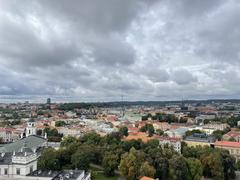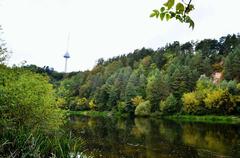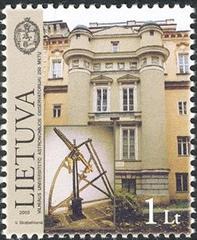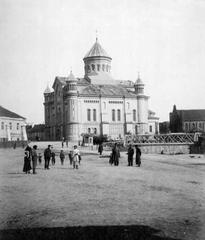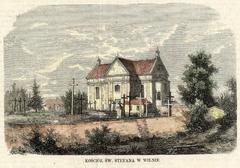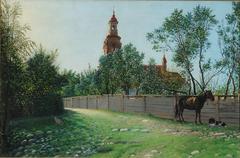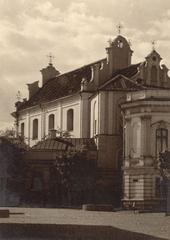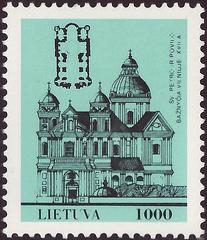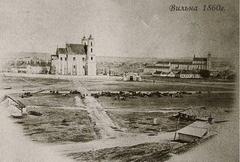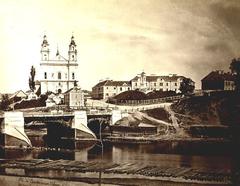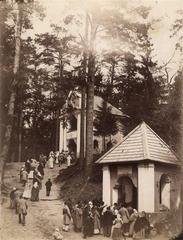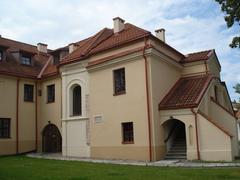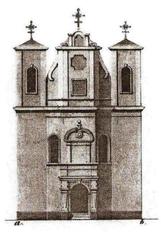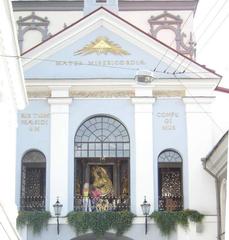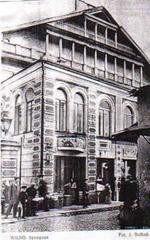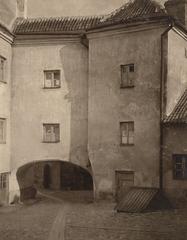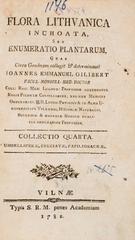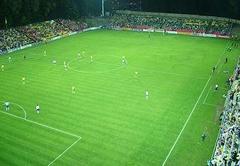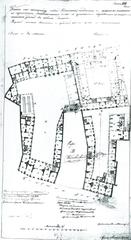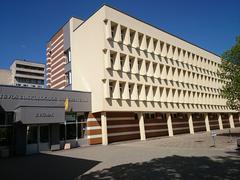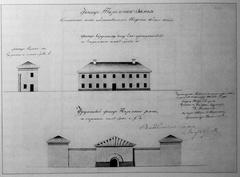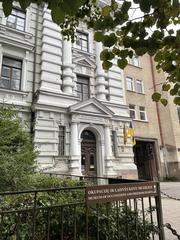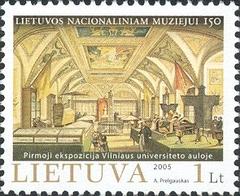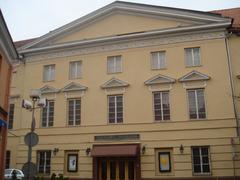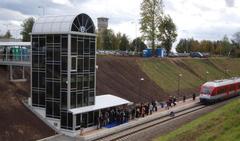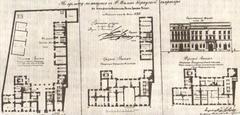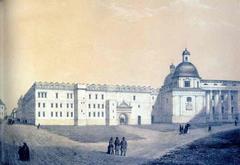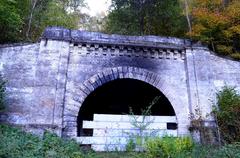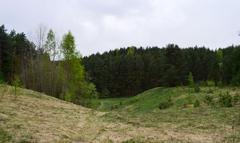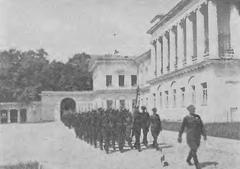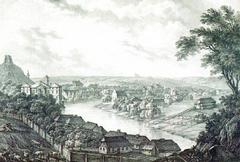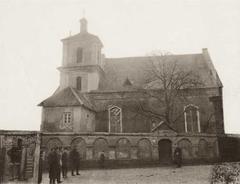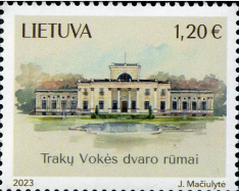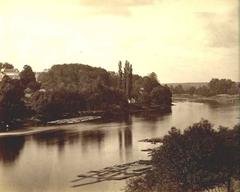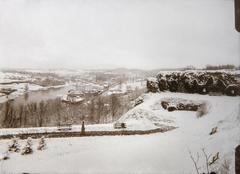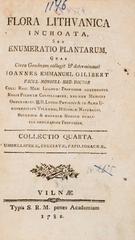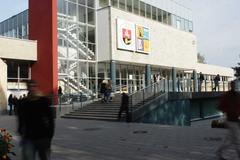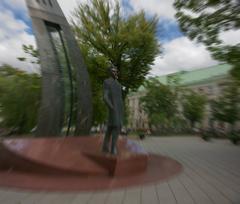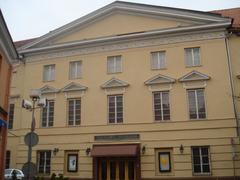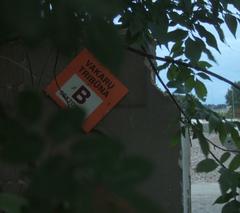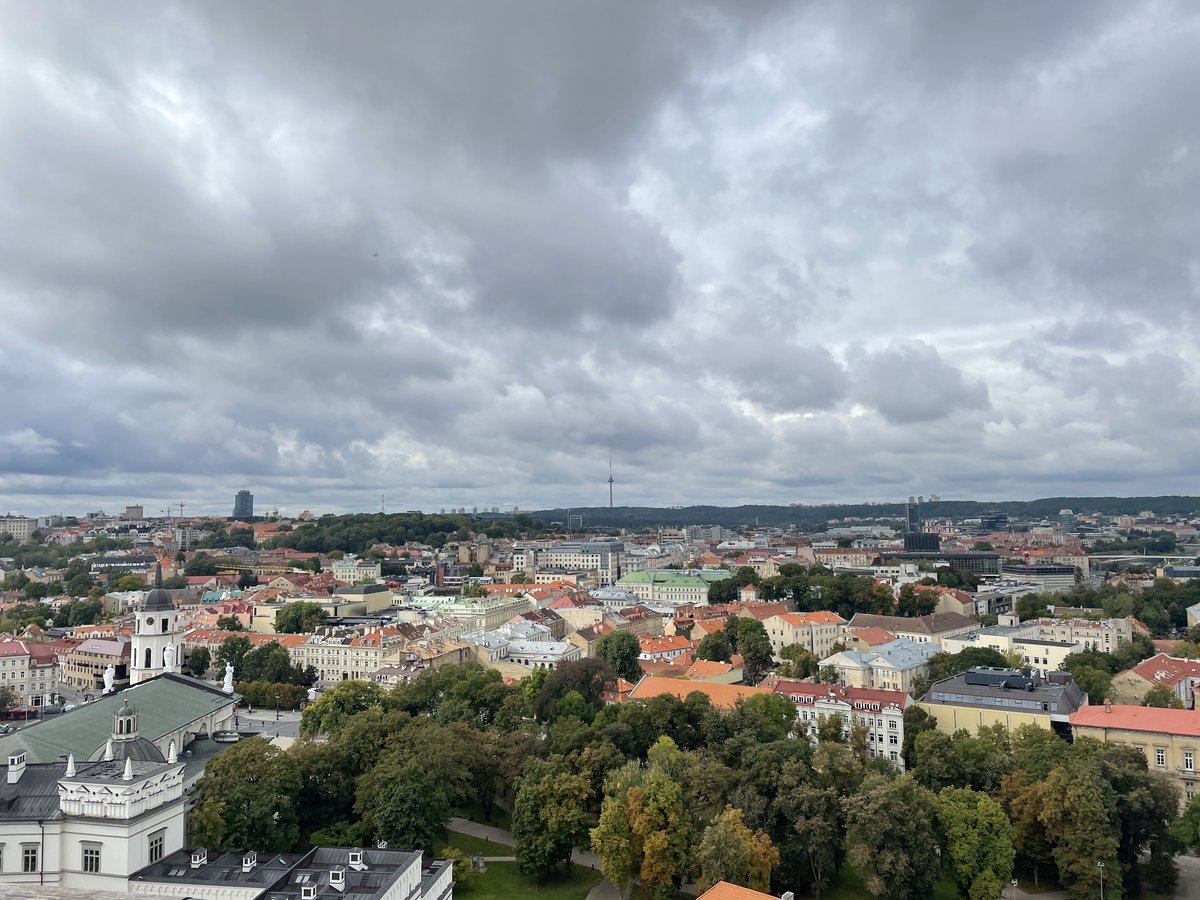
Visiting Paukščių takas: Complete Guide to Hours, Tickets, and Tips
Date: 18/07/2024
Introduction
Paukščių takas, translating to ‘Bird Path’ in English, is an enchanting and ecologically significant destination located within the Pavilniai Regional Park in Vilnius, Lithuania. As a harmonious blend of natural beauty and cultural heritage, Paukščių takas has emerged as a favorite spot for both locals and tourists seeking to immerse themselves in the region’s rich biodiversity and scenic landscapes. The path, developed in the late 20th century, is a testament to Lithuania’s commitment to eco-tourism and conservation, offering visitors a unique experience of walking through a forested area teeming with birdlife (source). Visitors can enjoy various activities such as bird-watching, nature walks, and educational workshops, making it a comprehensive destination for nature enthusiasts and families alike (source). This guide delves into all aspects of visiting Paukščių takas, including its historical background, visitor information, travel tips, and the cultural and educational impact it has had on the region.
Table of Contents
- [Introduction](#introductionintroduction)
- [Exploring Paukščių takas: Visiting Hours, Tickets, and Cultural Significance in Vilnius](#exploring-paukščių-takas-visiting-hours-tickets-and-cultural-significance-in-vilniusexploring-paukščių-takas—visiting-hours-tickets-and-cultural-significance-in-vilnius)
- [Historical Background](#historical-backgroundhistorical-background)
- [Development and Cultural Significance](#development-and-cultural-significancedevelopment-and-cultural-significance)
- [Architectural and Natural Features](#architectural-and-natural-featuresarchitectural-and-natural-features)
- [Historical Events and Milestones](#historical-events-and-milestoneshistorical-events-and-milestones)
- [Visitor Information](#visitor-informationvisitor-information)
- [Travel Tips and Nearby Attractions](#travel-tips-and-nearby-attractionstravel-tips-and-nearby-attractions)
- [Accessibility](#accessibilityaccessibility)
- [Cultural and Educational Impact](#cultural-and-educational-impactcultural-and-educational-impact)
- [Preservation Efforts and Future Prospects](#preservation-efforts-and-future-prospectspreservation-efforts-and-future-prospects)
- [FAQ](#faqfaq)
- [Conclusion](#conclusionconclusion)
- [References](#referencesreferences)
Exploring Paukščių takas: Visiting Hours, Tickets, and Cultural Significance in Vilnius
Historical Background
Paukščių takas is located within Pavilniai Regional Park, known for its rich biodiversity and scenic landscapes. The history of Paukščių takas is intertwined with the broader historical narrative of Vilnius, a city that has been a cultural and political hub in the Baltic region for centuries. Vilnius, first mentioned in written sources in 1323, has been a melting pot of various cultures, including Lithuanian, Polish, Jewish, and Russian influences. Paukščių takas reflects this diverse heritage through its natural beauty and the cultural activities it hosts.
Development and Cultural Significance
The development of Paukščių takas began in the late 20th century as part of efforts to promote eco-tourism and preserve the natural environment of Pavilniai Regional Park. The path was designed to offer visitors a unique experience of walking through a forested area rich in birdlife. The initiative was supported by local authorities and environmental organizations, aiming to balance tourism with conservation. Paukščių takas serves as a venue for various cultural and educational events, including bird-watching tours, nature walks, and environmental workshops.
Architectural and Natural Features
The design of Paukščių takas is a blend of natural and man-made elements. The path itself is well-maintained, with wooden walkways and observation points that allow visitors to enjoy the surrounding flora and fauna without disturbing the environment. The area is home to a variety of bird species, making it a haven for bird-watchers and nature enthusiasts. One of the notable features is the observation tower, which offers panoramic views of the Pavilniai Regional Park.
Historical Events and Milestones
Several historical events and milestones have marked the development of Paukščių takas. One of the significant milestones was the official opening of the path in 1998, attended by local dignitaries and environmental activists. In 2004, Paukščių takas was included in the European Union’s Natura 2000 network, a testament to its ecological significance.
Visitor Information
- Visiting Hours: Paukščių takas is open daily from dawn to dusk.
- Tickets: Entry to Paukščių takas is free of charge. However, donations are welcomed and help support conservation efforts.
Travel Tips and Nearby Attractions
When planning your visit, consider wearing comfortable walking shoes and bringing binoculars for bird-watching. Nearby attractions include the Belmontas Entertainment and Recreation Park, which offers various activities such as hiking, fishing, and dining. Additionally, the Vilnius Old Town, a UNESCO World Heritage site, is just a short drive away.
Accessibility
Paukščių takas is accessible to visitors of all ages and abilities. The wooden walkways are designed to accommodate wheelchairs and strollers, and there are several rest areas along the path.
Cultural and Educational Impact
Paukščių takas has had a profound impact on the cultural and educational landscape of Vilnius. It is frequently used as an outdoor classroom for schools and universities, offering hands-on learning experiences in ecology and environmental science. The path also hosts various festivals and events that celebrate the natural beauty of the park and promote environmental awareness.
Preservation Efforts and Future Prospects
Preservation of Paukščių takas is a priority for local authorities and environmental organizations. Ongoing efforts include habitat restoration projects, monitoring of bird populations, and public awareness campaigns. Future plans include expanding the path and enhancing its facilities to accommodate the growing number of visitors.
FAQ
Q: What are the visiting hours for Paukščių takas?
A: Paukščių takas is open daily from dawn to dusk.
Q: Is there an entrance fee for Paukščių takas?
A: Entry to Paukščių takas is free of charge, but donations are welcomed.
Q: Are there any nearby attractions?
A: Yes, nearby attractions include the Belmontas Entertainment and Recreation Park and the Vilnius Old Town.
Q: Is Paukščių takas accessible for wheelchairs and strollers?
A: Yes, the wooden walkways are designed to accommodate wheelchairs and strollers.
Conclusion
Paukščių takas is more than just a tourist attraction; it is a symbol of Vilnius’s rich cultural heritage and commitment to environmental conservation. Its history and significance are reflected in the natural beauty of the Pavilniai Regional Park and the cultural activities it hosts. As efforts to preserve and enhance the path continue, Paukščių takas will undoubtedly remain a cherished landmark for both locals and visitors. For more information on Paukščių takas and its significance, you can visit the official website of Pavilniai Regional Park.
